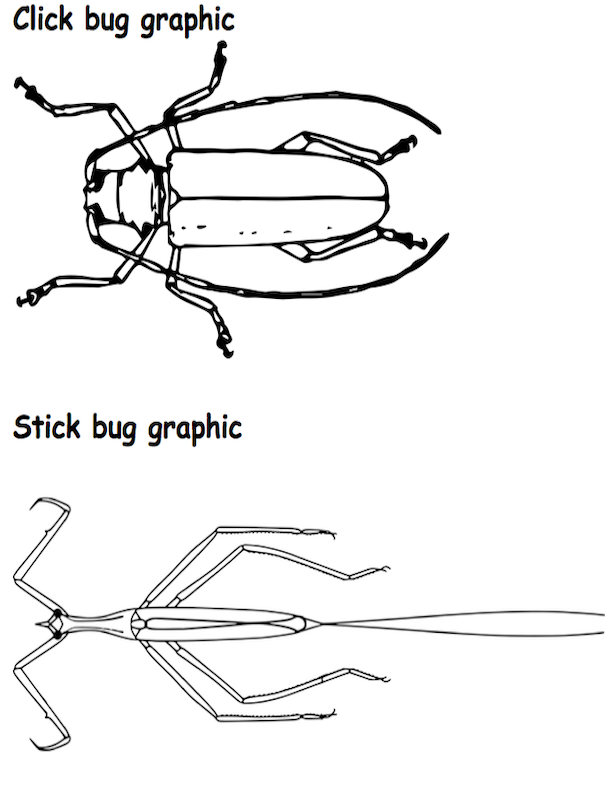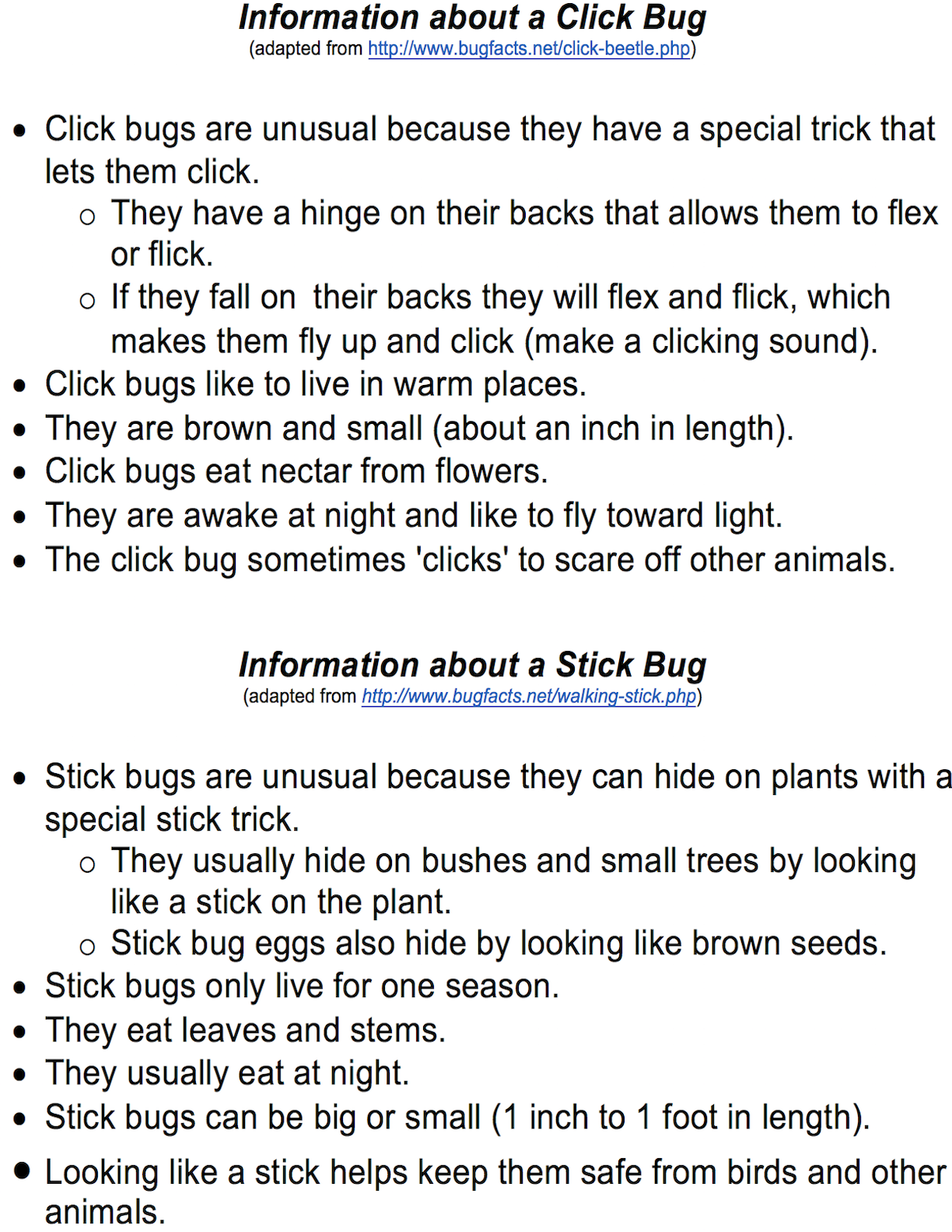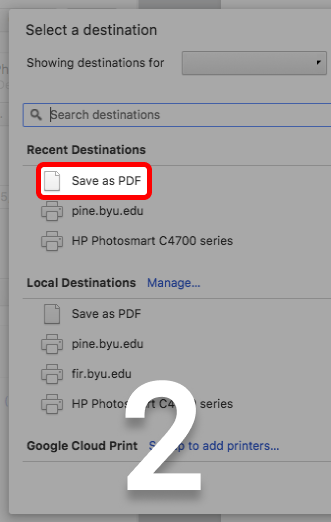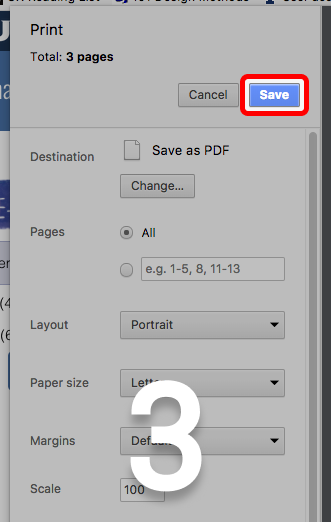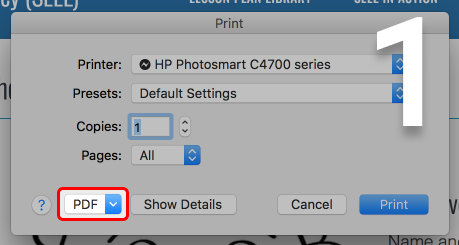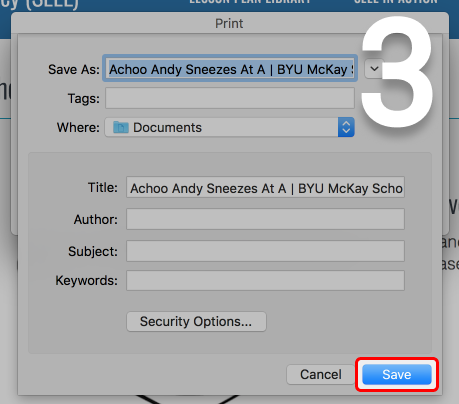A Stick Bug and a Click Bug
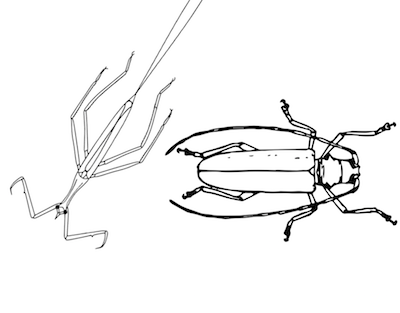
Lesson Plan
Target Words:
- tick
- pick
- stick
- click
- trick
- quick
Materials:
- Craft sticks and real sticks
- Blue construction paper
- Brown construction paper strips
- Green construction paper leaves (large enough to write on)
- Click bug and stick bug images*
- A Bug Can Look Like a Stick target text*
- A Click Bug and a Stick Bug target text*
- Information page about stick bugs and click bugs (optional)*
*Items included below.
State the Objective
Tell the children that they will learn about a click bug and a stick bug as they read and write words that end with ick, such as stick, pick, click, and quick.
Literacy Activities
Introduce target words
Read the target words with the children: tick, pick, stick, click, trick, and quick.
Make stick bugs do a trick
- Read the A Bug Can Look Like a Stick target text (see below) with the children.
- Explain to the children that a stick bug can do a trick by looking like a stick (see video).
- Place the cut-out stick bug image (see below) among a pile of real sticks and have the children find the stick bug.
- Let the children stick (glue) two or three brown paper strips on the blue construction paper as sticks or branches for stick bugs to hide in.
- Have the children stick (glue) pictures of stick bugs onto the sticks.
- Let the children write -ick words on green paper leaves and stick them to their branches, helping to hide their stick bugs.
- Tell the children more about stick bugs from the information page (see below).
Make click bugs do a trick
- Read the A Click Bug and a Stick Bug target text (see below) with the children.
- Show the children a picture of a click bug (see below).
- Explain that a click bug can do a trick by flexing and flicking its body to make a clicking sound (see video).
- Show the children how to make a clicking noise with their tongues against the roof of their mouth.
- Let the children flick the click bug image (see below) as they click their tongue and see if the click bug lands right side up.
- If the click bug lands right side up, ask the child to say a word that ends in -ick (e.g., ick, click, trick, flick).
- Tell the children more about click bugs from the information page (see below).
Write sentences using target words and phrases
Tell the children to write short sentences about stick bugs and click bugs.
- A stick bug can look like a ____ (stick).
- A click bug can make a ____ (click) noise.
- I can put a _____(stick) bug on a ____ (stick).
- I love to learn about ____ (stick) bugs and ____ (click) bugs.
Read More
SEEL Target Texts
A Bug Can Look Like a Stick
There are bugs that look like sticks.
They are walking stick bugs.
A walking stick bug can do a trick.
It can look like a stick.
They are walking stick bugs.
A walking stick bug can do a trick.
It can look like a stick.
Can you pick out a stick bug from some sticks?
Can you make a stick look like a stick bug?
Can you make a stick look like a stick bug?
A Click Bug and a Stick Bug
The click bug goes click.
The stick bug looks like a stick.
The stick bug looks like a stick.
Put a click bug on a stick.
Put a stick bug on a stick.
Put a stick bug on a stick.
Make a click bug go click.
Put a stick bug in with some sticks.
Put a stick bug in with some sticks.
Do not make the stick bug go ‘click’.
Do not hide the click bug in with sticks.
The stick bug does not go ‘click’.
And the click bug does not look like a stick.
Do not hide the click bug in with sticks.
The stick bug does not go ‘click’.
And the click bug does not look like a stick.
Read More
Standards
SEEL lessons align with Common Core Standards. Please see the standards page for the code(s) associated with this lesson.

http://education.byu.edu/seel/library/
35377
A Stick Bug and a Click Bug






